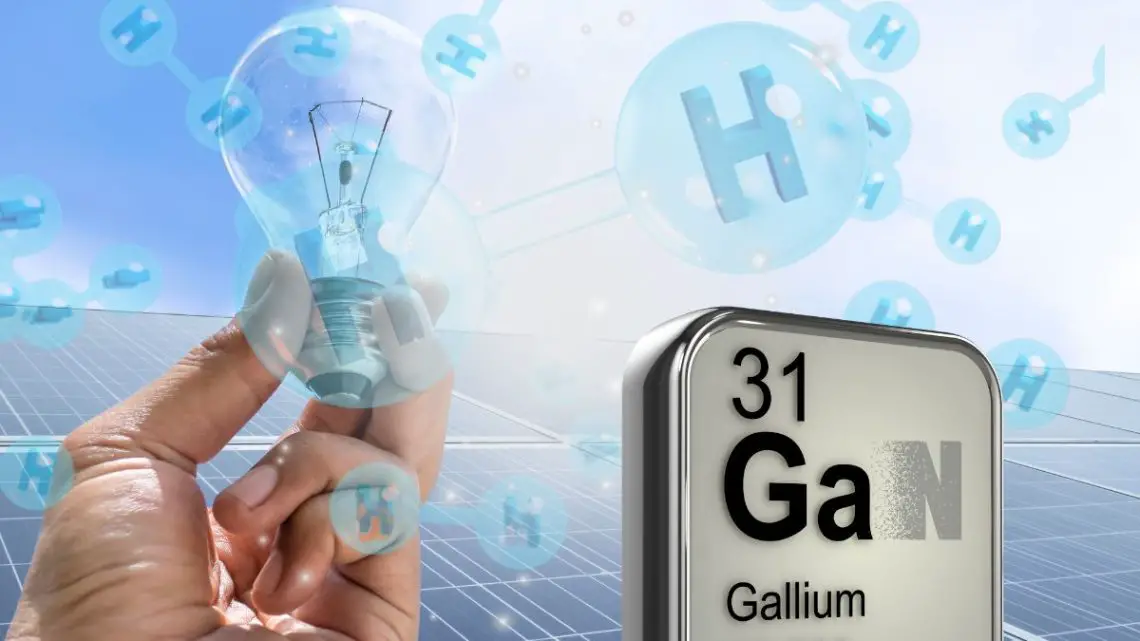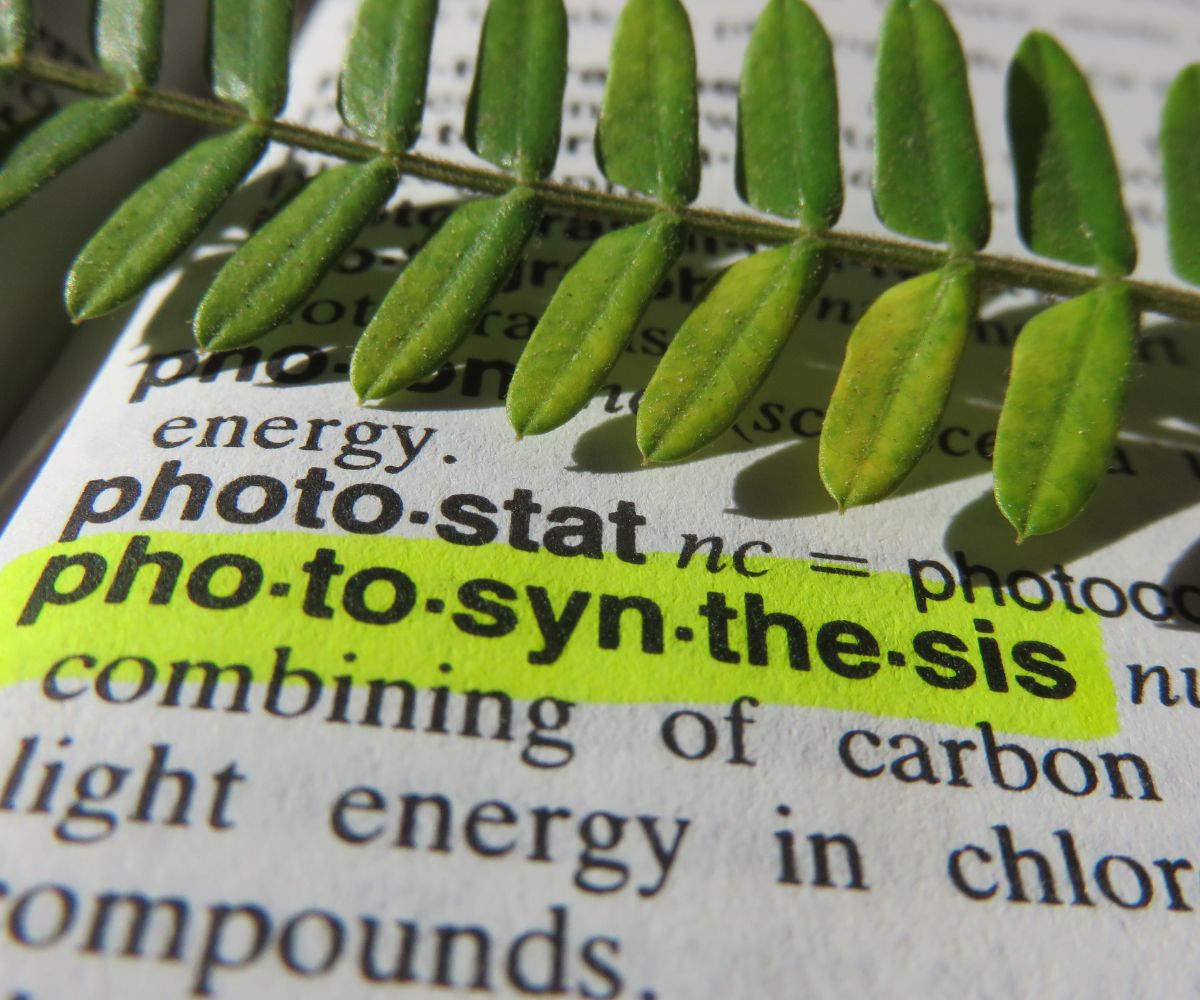
Si/GaN Technology Unlocks New Potential for Hydrogen Fuel Production
September 2, 2023Researchers have discovered that this material can be used to overcome critical challenges in existing tech.
Scientists from the University of Michigan made important discoveries regarding the semiconductive use of gallium nitrate (GaN) three years ago, focusing on the advantages it has to offer solar energy technology. That said, more recently that same discovery is being examined with respect to the advantages it presents to hydrogen fuel production.
The researchers found that silicon and GaN could be used in an artificial photosynthesis device.
The device made of silicon and GaN was able to harness sunlight into carbon-free hydrogen fuel with twice the efficiency and stability of existing technology. With such a focus on H2 as the world decarbonizes and governments provide grants, subsidies and tax breaks to companies developing new tech in this area, scientists are taking a closer look at that discovery.
Researchers from Lawrence Livermore and Lawrence Berkeley, national laboratories, are working with a team at the University of Michigan. Together, they have discovered a self-improving property in Silicon and GaN (Si/GaN) that plays a role in the high efficiency of the material and its stable performance in the conversion of sunlight and water into carbon-free H2.
The research was recently published in the Nature Materials journal.
The tech could help to greatly enhance the commercialization of hydrogen fuel production and artificial photosynthesis tech.
Though the materials used in solar powered electrolysis systems used to make green H2 typically become less stable as they degrade. The outcome is that H2 production decreases in efficiency. That said, the research teams have determined that Si/GaN has a unique property that lets it remain stable and more efficient.
What’s more, both silicon and gallium nitride are cheap and abundantly available. They’re already widely used in semiconductors in everyday devices such as solar cells and LEDs, according to Zetian Mi, one of the study’s co-authors and a professor of electrical and computer engineering at the University of Michigan. Mi was one of the inventors of artificial photosynthesis devices using Si/GaN about ten years ago.
widely used in semiconductors in everyday devices such as solar cells and LEDs, according to Zetian Mi, one of the study’s co-authors and a professor of electrical and computer engineering at the University of Michigan. Mi was one of the inventors of artificial photosynthesis devices using Si/GaN about ten years ago.
Expanding on existing research
Moving forward, the researchers hope to test the Si/GaN technology in a photoelectrochemical water splitting cell and to experiment with comparable materials to better understand just how nitrides benefit stability in artificial photosynthesis, something that could turn renewable energy and hydrogen fuel production on its head.
Science FAQ’s
Q1: What is Gallium Nitrate?
A1: Gallium Nitrate is a chemical compound with the formula Ga(NO3)3. It’s a colorless, odorless crystal or white powder that is soluble in water. It is primarily used in the semiconductor industry and for medical treatments such as hypercalcemia associated with malignancy.
Q2: How is Gallium Nitrate related to solar energy?
A2: Gallium Nitrate is an important material in the manufacturing of solar cells. Specifically, it is used in the production of Gallium Arsenide (GaAs), which is a semiconductor that has more efficient light absorption and can operate at higher temperatures than traditional silicon-based solar cells.
Q3: Why is Gallium Nitrate important in solar energy production?
A3: Gallium Nitrate is critical in the production of high-efficiency solar cells. Solar cells made from Gallium Arsenide are not only more efficient but also lighter and more resistant to heat, making them ideal for use in space and in concentrated solar power systems.
Q4: What are the advantages of using Gallium Nitrate in solar cells?
A4: The primary advantage of using Gallium Nitrate in solar cells is the potential for increased efficiency. Gallium Arsenide cells can convert more sunlight into electricity than traditional silicon cells. Furthermore, they can operate at higher temperatures and are more resistant to damage, making them more durable and reliable.
Q5: What are the limitations of using Gallium Nitrate in solar cells?
A5: While Gallium Nitrate offers many benefits in solar cell production, it also has some limitations. The main drawback is cost. Gallium Nitrate is more expensive than silicon, which is commonly used in solar cell production. Additionally, the process of producing Gallium Arsenide solar cells is more complex, which can also contribute to higher costs.
Q6: Is Gallium Nitrate safe to use in solar cells?
A6: Yes, Gallium Nitrate is safe to use in solar cells. However, like all chemicals, it should be handled with care. Gallium Nitrate can cause skin and eye irritation, and inhalation or ingestion can be harmful. Therefore, proper safety procedures should be followed when handling this chemical.




 HFN News is your leading source for fresh hydrogen and renewable energy updates. Amid the fast-paced growth of hydrogen companies, we provide top-notch news and insights about this exciting sector. Our coverage spans from hydrogen cars to global sustainable initiatives, and we highlight the latest in green jobs and developing hydrogen hubs. We invite you to share your local hydrogen news and explore today’s renewable energy job listings on our site. Thanks for choosing HFN News as your trusted guide to the hydrogen and renewable energy world!
HFN News is your leading source for fresh hydrogen and renewable energy updates. Amid the fast-paced growth of hydrogen companies, we provide top-notch news and insights about this exciting sector. Our coverage spans from hydrogen cars to global sustainable initiatives, and we highlight the latest in green jobs and developing hydrogen hubs. We invite you to share your local hydrogen news and explore today’s renewable energy job listings on our site. Thanks for choosing HFN News as your trusted guide to the hydrogen and renewable energy world!
